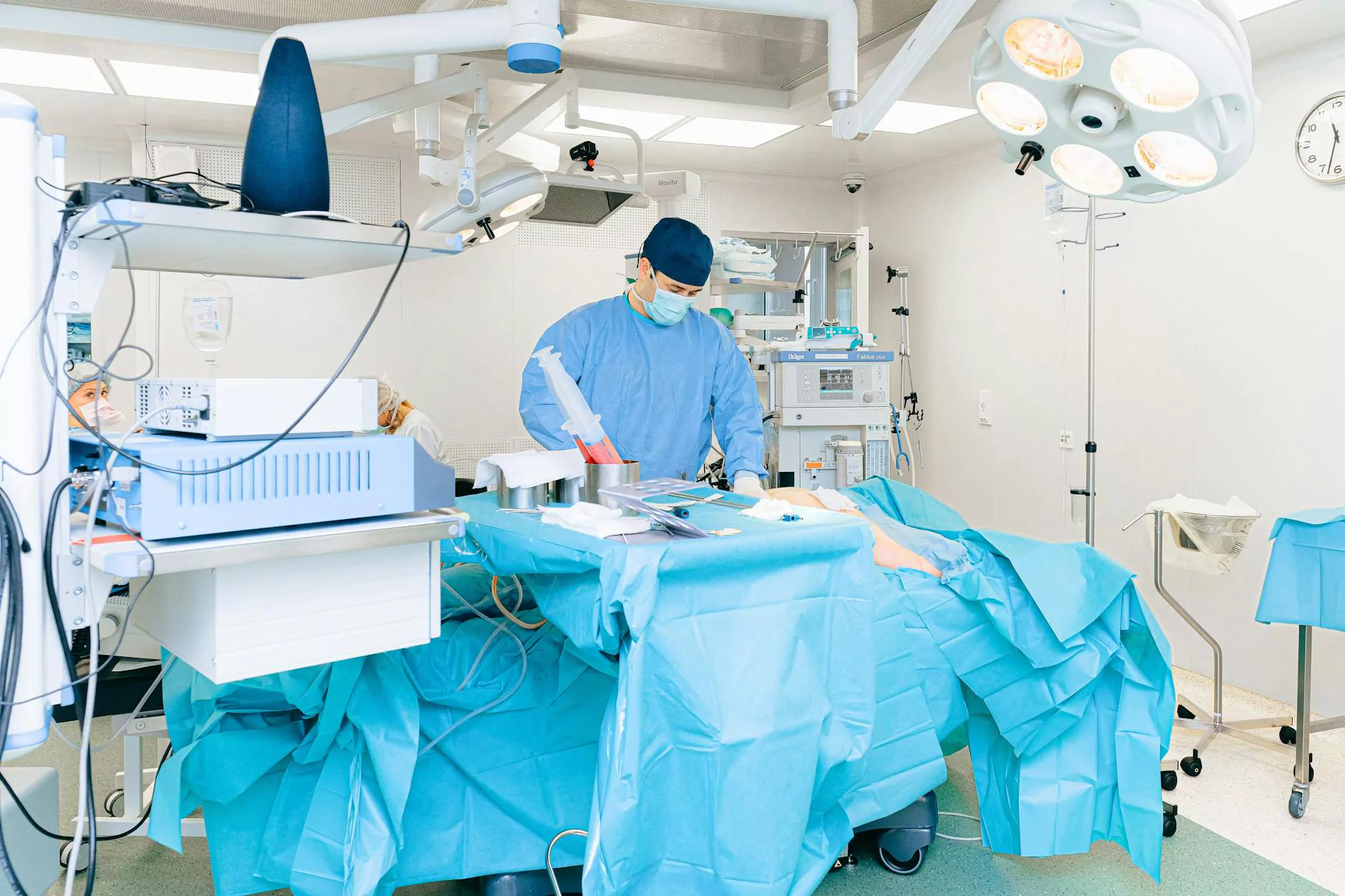Understanding Thymus Removal for Myasthenia Gravis

Myasthenia Gravis is a chronic autoimmune disorder that affects neuromuscular transmission, leading to fluctuating muscle weakness and fatigue. One of the potential treatments for this condition is thymus removal, medically known as thymectomy. This article aims to provide comprehensive insights into the relationship between myasthenia gravis and thymus removal, detailing the procedure, benefits, and outcomes for patients.
The Role of the Thymus in Myasthenia Gravis
The thymus gland, located in the chest, plays a critical role in the immune system, particularly in the maturation of T-cells, which are essential for immune response. In myasthenia gravis, the thymus may produce abnormal antibodies that interfere with nerve signals to muscles. Thymectomy aims to remove this source of malfunction, potentially alleviating symptoms.
Why Thymectomy is Considered
Thymectomy is recommended for patients with generalized myasthenia gravis, particularly in the following scenarios:
- Patients with significant symptoms despite medication.
- Young adults with early-onset disease.
- Individuals with thymomas (tumors of the thymus).
Studies indicate that thymectomy can lead to improvements in muscle strength and may reduce or eliminate the need for medications such as corticosteroids or acetylcholinesterase inhibitors.
Types of Thymectomy Procedures
There are several approaches to performing a thymectomy, including:
1. Transsternal Thymectomy
This traditional approach involves making an incision in the chest to access the thymus gland directly. It allows for thorough removal of the thymus and is effective in patients with thymomas.
2. Video-Assisted Thoracic Surgery (VATS)
VATS is a minimally invasive technique that utilizes small incisions and a camera to guide the surgeon. This method typically results in less postoperative pain and quicker recovery times compared to the transsternal approach.
3. Robotic-Assisted Thymectomy
This is another minimally invasive option. It employs robotic technology to enhance precision during the procedure. As with VATS, patients often experience reduced recovery times and discomfort.
The Thymectomy Procedure: What to Expect
Before undergoing thymus removal for myasthenia gravis, patients undergo a comprehensive evaluation, including:
- Detailed medical history assessment.
- Neurological examinations.
- Imaging studies (CT scans or MRIs) to evaluate the thymus.
The procedure typically takes several hours and is performed under general anesthesia. Postoperatively, patients are monitored in a recovery area before being transferred to a hospital room for further observation.
Postoperative Recovery and Care
Recovery after a thymectomy can vary based on the surgical approach. Key aspects of postoperative care include:
- Pain management: Medications are provided to manage discomfort.
- Physical therapy: Early mobilization is encouraged to prevent complications.
- Follow-up appointments: Regular check-ups are necessary to monitor recovery progress and adjust any ongoing treatments for myasthenia gravis.
Potential Risks and Complications
As with any surgical procedure, thymectomy carries certain risks, including:
- Bleeding.
- Infection.
- Respiratory complications.
- Damage to surrounding organs.
Patients should discuss these risks and any concerns with their healthcare provider before the surgery.
Benefits of Thymus Removal for Myasthenia Gravis
Thymectomy has been shown to provide multiple benefits for individuals suffering from myasthenia gravis:
- Improved Muscle Strength: Many patients experience significant improvement in muscle function and strength following the surgery.
- Reduced Medication Dependency: Thymectomy may allow some patients to decrease or even discontinue their medications, reducing side effects and improving quality of life.
- Potential for Remission: In some cases, patients achieve remission of myasthenia gravis symptoms after thymectomy.
Long-Term Outcomes and Research
Long-term studies indicate that thymectomy can lead to improved outcomes in myasthenia gravis management. The Myasthenia Gravis Foundation of America (MGFA) supports ongoing research into the effects of thymoma and thymectomy on patient outcomes.
While results vary among individuals, most studies suggest that patients undergoing thymectomy experience a better quality of life along with sustained improvements in muscle strength and fatigue management.
Why Choose NeumarkSurgery for Thymectomy
If you or a loved one is considering thymus removal for myasthenia gravis, NeumarkSurgery is dedicated to providing exceptional care. With a team of specialized surgeons and comprehensive patient support, we focus on achieving the best possible outcomes for our patients.
Our advantages include:
- Experienced Medical Team: Our surgeons are highly skilled in minimally invasive techniques and have a wealth of experience in managing myasthenia gravis patients.
- Comprehensive Pre- and Postoperative Care: We provide thorough evaluations and personalized care plans tailored to each patient’s needs.
- State-of-the-Art Facility: NeumarkSurgery is equipped with the latest technology for diagnostics and surgical procedures, ensuring patient safety and comfort.
Final Thoughts
Thymus removal for myasthenia gravis is a potentially life-changing procedure for many patients. With extensive research supporting its efficacy and advancements in surgical techniques, patients can find hope in managing their condition more effectively.
If you would like to learn more about thymectomy and how it can benefit your health, please contact the NeumarkSurgery team for a consultation. Your journey to improved health and an enhanced quality of life can start today!
thymus removal myasthenia gravis








